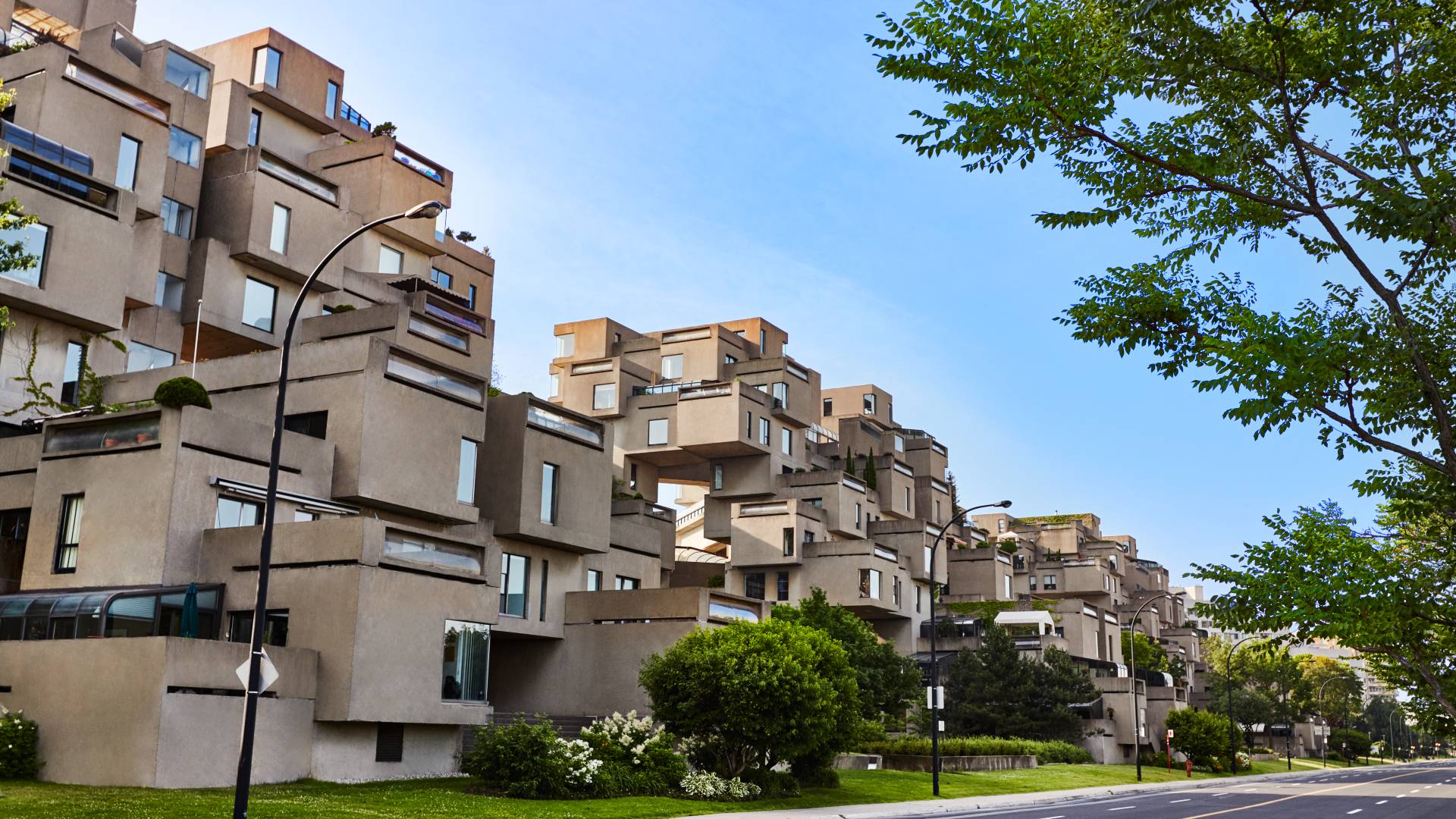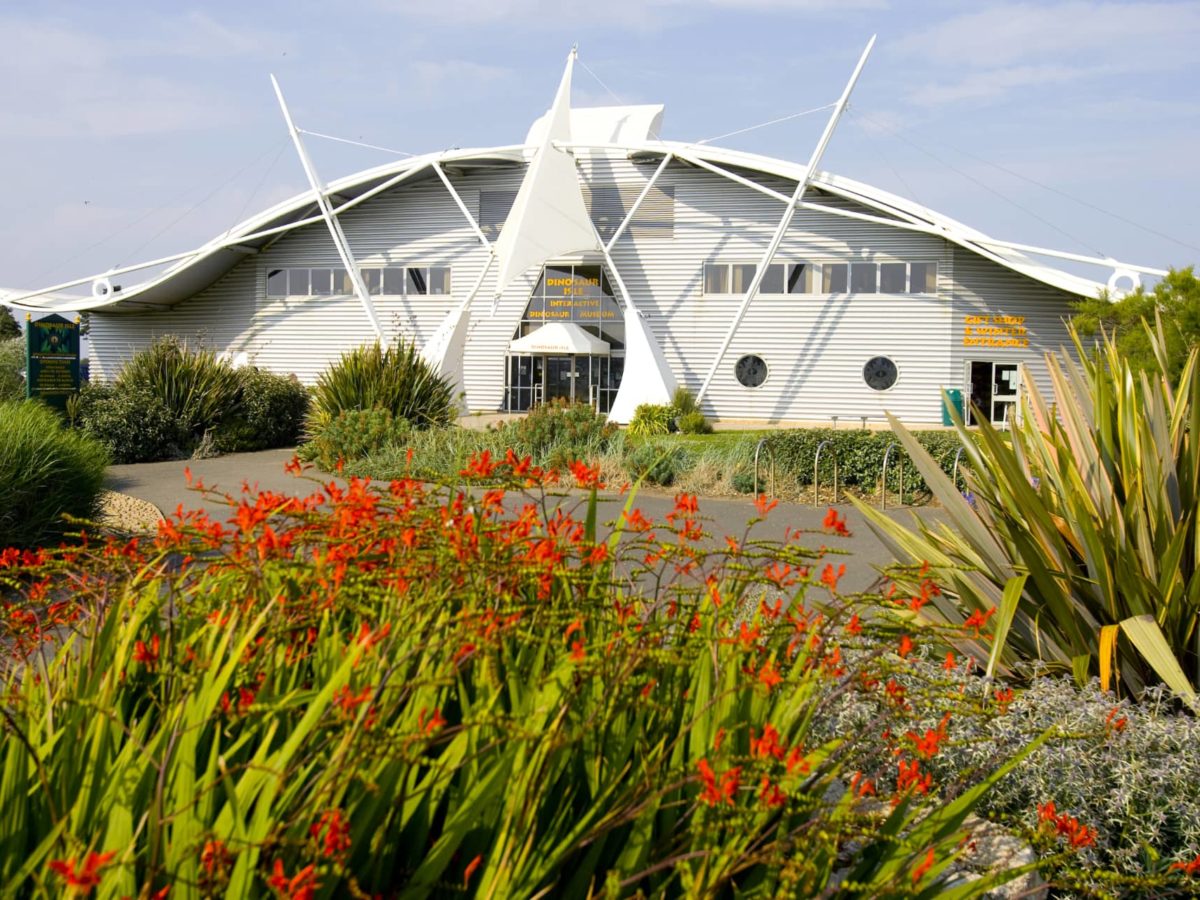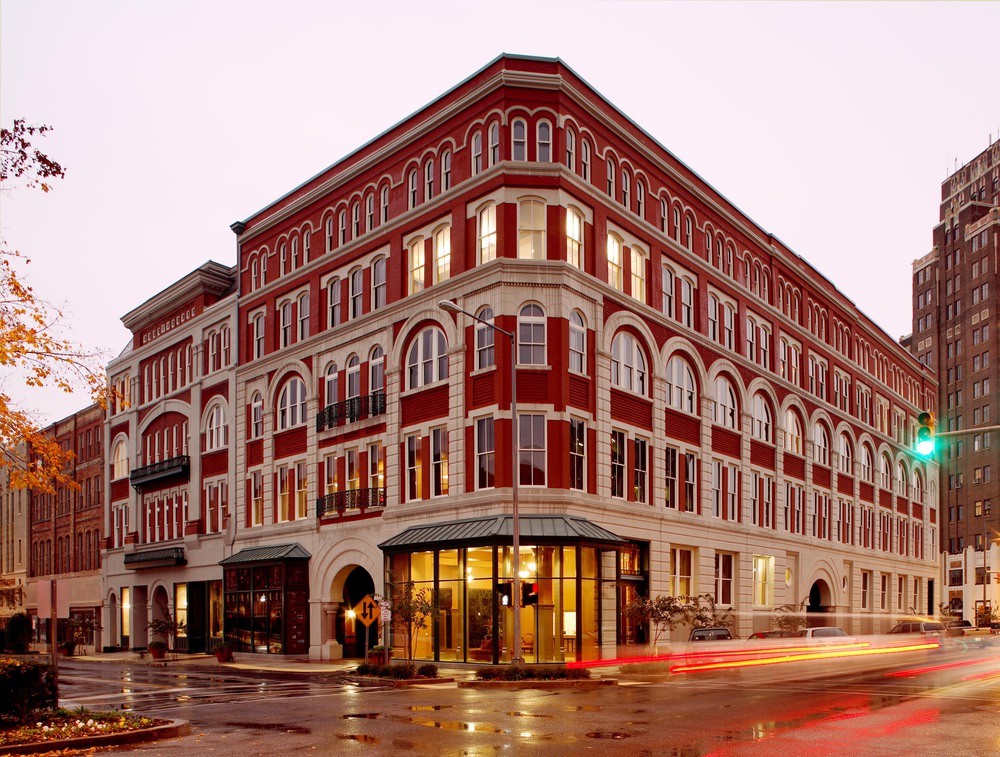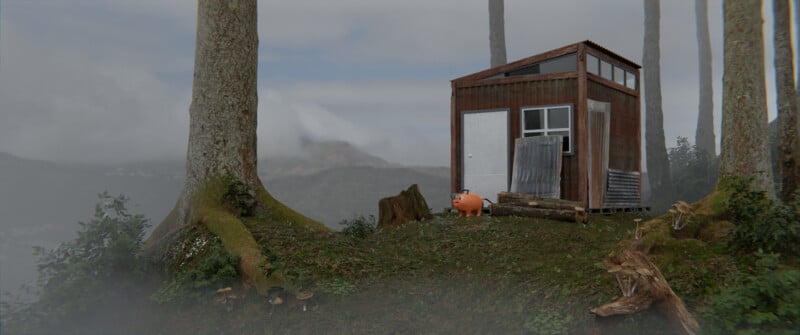Let's talk a bit about Habitat 67, your favorite architecture, and my idea if I were to redesign this using my approach. The existing is quite interesting, I never quite studied it in depth. Basically it is a stacked prefab concrete boxes, and the stacking system was made such that the roof of one unit became the private garden for the unit above it.
As an idea, if I were to redesign it, I could imagine this to be parametrically designed, such that the design variables can be the rotation or shifting of the stacking between the module below and above each other, such that it maximize the total area of the garden (which is aligned with what the original architect design intent, but he did it manually), minimize budget (perhaps with respect to varying size of modules, say assume 5 module types with varying prefab budgets, which make it an integer programming problem), maximizing thermal comfort (need to calculate OTTV, say different 5 modules with different opening strategies and orientation due to rotational variable would make varying OTTV values between modules), while structurally feasible (say such as von mises stress constraint if the modules made by steel frame elements as the structural elements, which are easier to prefab). This would make an interesting multi objective optimization model (including the aspects of structure, aesthetic, comfort, building performance, and construction budget), and we can solve it using optimization algorithm such as sequential quadratic programming, or even better to use genetic algorithm, or mixed algorithm between the two. I wouldn't say this would be the best method to design this, but this would make a systematic approach that combines multidisciplinary knowledge (architecture, particularly computational design, structural engineering, building performance, and mathematics) to results in design process that is holistically integrated (unlike the typical conventional design process that usually is separated between fields), the results would be much more effective with respects to those objective functions, and the overall project's cost, as compared to design based on mere "feeling" without a more objective approach, also working separately between fields (bad collaboration)
Btw all that approach is schematic design phase, which is more or less 70% that will determine your project success in terms of budget, and achieving design intent |

















